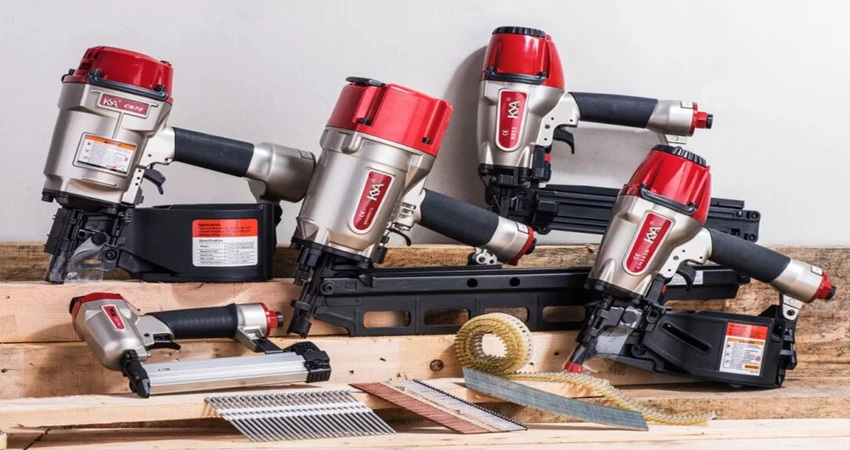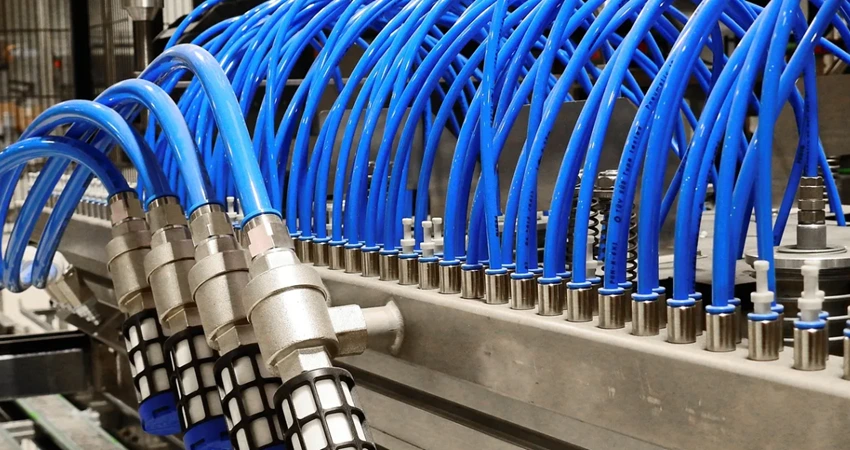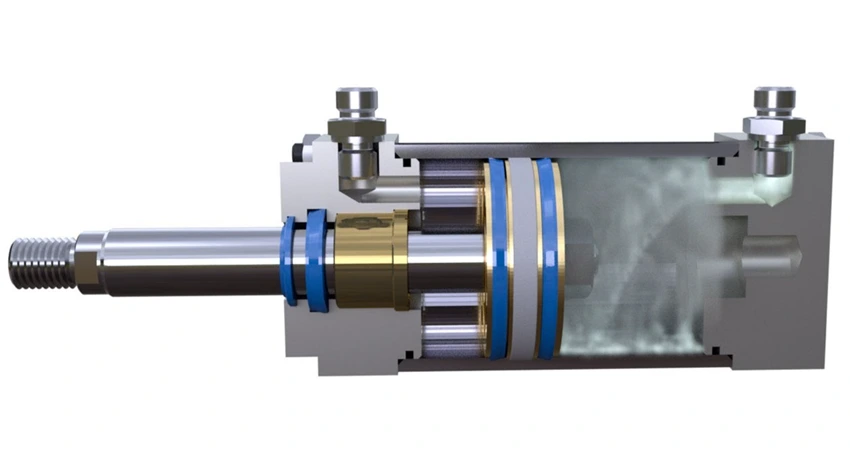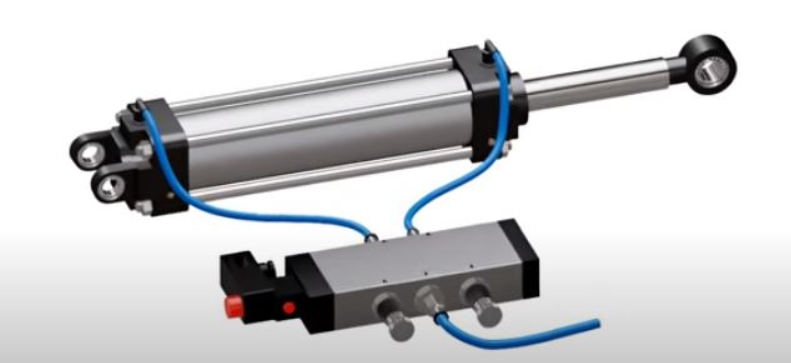Definition of metrology is a “Science of measurement”. The most important parameter in metrology is the length. Metrology is divided into Industrial Metrology and Medical Metrology under consideration of its application and may be divided into metrology of length and Metrology of time under consideration of its quantity.

Definition of Metrology is mainly concerned with
- Unit of measurement and their standards.
- Errors of measurement.
- Changing the units in the form of standards.
- Ensuring the uniformity of measurements.
- Developing new methods of measurement.
- Analyzing this new methods and their accuracy.
- Establishing uncertainty of measurement.
- Gauges design, manufacturing and testing.
- Researching the causes of measuring errors.
- Industrial Inspection.
Legal Definition of Metrology
Legal metrology is part of Metrology and it is directed by a National Organisation which is called “National service of Legal Metrology”. The main objective is to maintain uniformity of measurement in a particular country. The functions of National Service of Legal metrology are
- To ensure conservation of national standards.
- Guarantee their accuracy by comparison with international standards.
- To organise training in this field.
- Take part in the work of other National Organization.
- To impart proper accuracy to the secondary standards.
- Carry out Scientific and Technical work in the field of measurement.
- Regulate, supervise and control the manufacturer.
- Giving advice to repair of measuring instruments.
- To inspect and detect guilty of measurement.
Legal metrology applications are
- Industrial Measurement
- Commercial transactions
- Public health and human safety ensuring.
Introduction to Measurements
Measurement systems are mainly used in industries for quality control management. Often quality control engineers are applying some of the measuring systems such as linear and angular measurements.
These measurements are very much useful to compare the actual measurements with already existing standard measurements.
In practice, we come across many parameters to be measured in given situation. For example, in a pneumatic drilling, we have to measure the pressure at which air is, the speed at which the drill operates, the depth through which drilling has been done and so on.
Dimensional Measurements
A very common measurement is that of a dimension, length, width or height of an object. Depending on the quality of measurement required, the dimension measuring instruments are divided into the following types:
Low Resolution Devices (Upto 0.25mm)
1. Steel rule alone
2. Steel rule with the assistance of (i) Calipers, (ii) Dividers and (iii) surface gauges
3. Thickness gauges
Resolution Devices (Upto 0.0025mm)
1. Micrometers alone.
2. Micrometers with assistance of (i) telescoping, and (ii) extensable ball gauges
3. Vernier
4. Dial indicators
5. Measuring microscope
High Resolution Devices (Less than microns)
1. Gauge blocks alone
2. Gauge blocks with
(i) Mechanical comparators
(ii) Electronic comparators
(iii) Pneumatic comparators
(iv) Optical flats
Linear Measuring Instruments
The linear measurement includes the measurement of lengths, diameters, heights and thickness. The basic principle of linear measurement is that of comparison with standard dimensions on a suitably engraved instrument or device. The various devices used for measuring the linear measurements are
- Vernier calipers
- Micrometers
- Slip gauge or gauge blocks
- Comparators
Angular measurement is another important element in measuring. It involves the measurement of angles of tapers and similar surfaces.
In angular measurements, two types of angle measuring devices are used. They are angle gauges corresponding to slip gauges and divided scales corresponding to line standards. The most common instrument is sine bar.
The main difference between linear and angular measurement is that no absolute standard is required for angular measurement.
Angle gauges
An angle gauge is a hardened steel block approximately 75mm long and 1mm wide which has two lapped flat working faces lying at a very precise angle to each other as shown in fig.
Angle gauges are supplied in sets and can be wrung together to form desired angles. The angle gauges are supplied in set of thirteen pieces in one box as given in table. It also includes a square block.
| Read More Topics |
| Micro hydro power plant |
| Linear system design control |
| Electrical comparator working |





